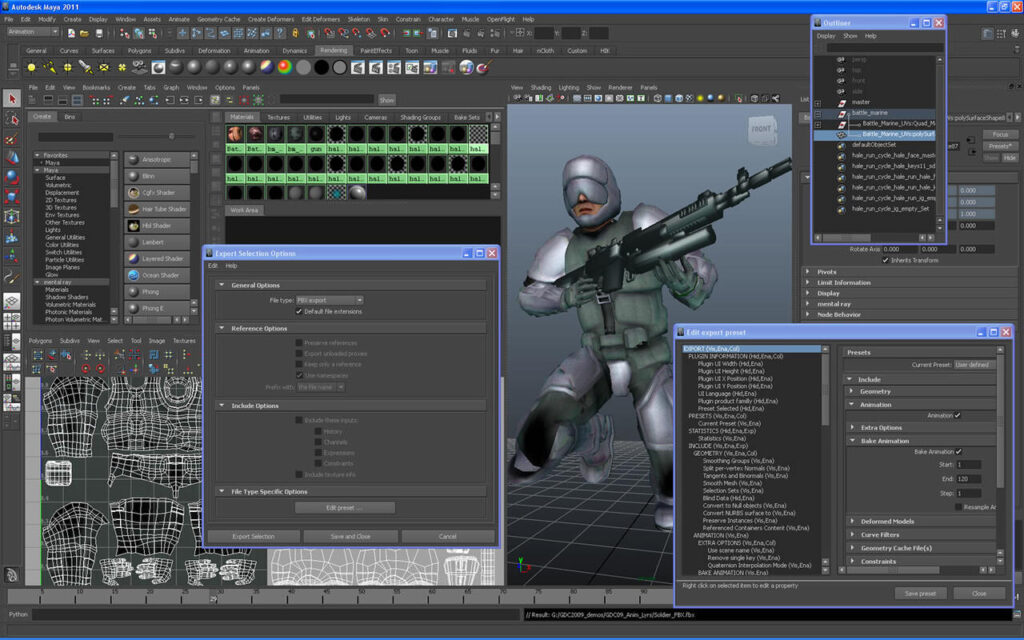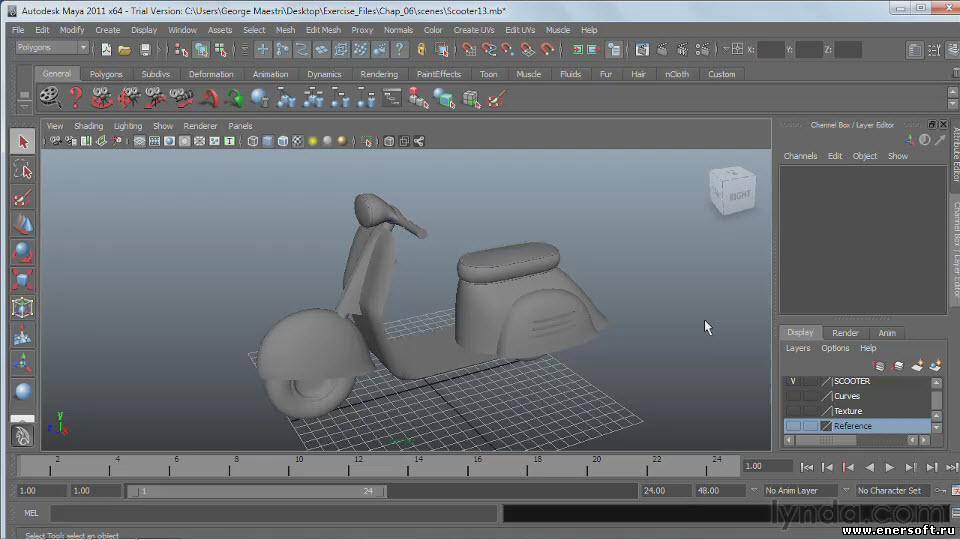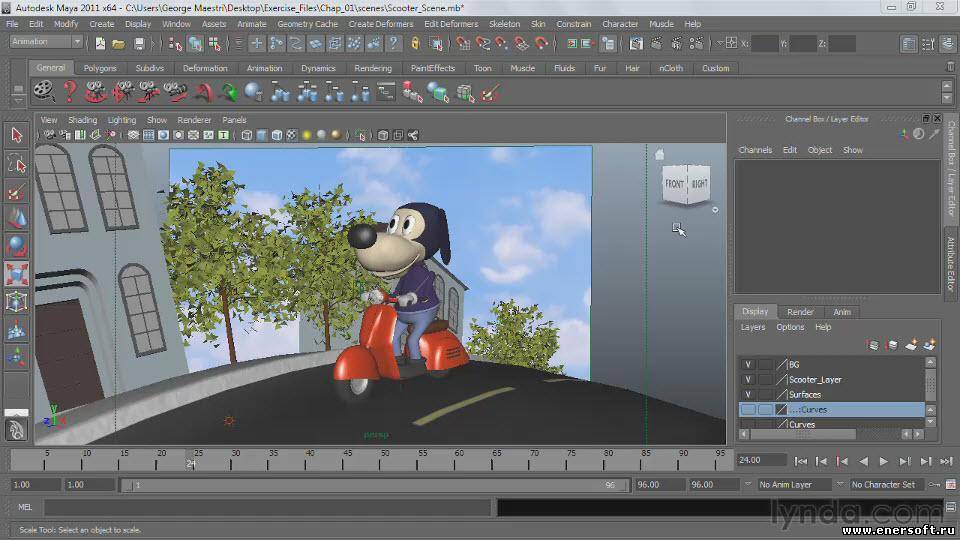Autodesk maya 2013 software free download with crack
Autodesk Maya is a powerful and comprehensive 3D animation software that has become an industry standard for professionals in the film, television, and video game industries. Developed by Autodesk, Maya 2013 is a feature-rich release that offers a wide range of tools and capabilities for creating stunning visual effects, intricate character animations, and immersive 3D environments.
This article provides a detailed overview of Autodesk Maya 2013, including its key features, technical specifications, system requirements, and installation instructions. Whether you’re a seasoned 3D artist or a beginner exploring the world of computer-generated imagery (CGI), this guide will help you navigate the powerful capabilities of Maya 2013 and unlock its full potential.
Features and Capabilities
Autodesk Maya 2013 boasts an impressive array of features that cater to the diverse needs of 3D artists and animators. Some of the standout features include:
- Robust Modeling Tools: Maya’s advanced modeling tools allow you to create complex organic shapes, intricate mechanical structures, and highly detailed 3D models with ease. The software’s versatile modeling capabilities include subdivision surfaces, NURBS modeling, and polygon modeling.
- Powerful Animation System: Maya’s animation toolset is renowned for its flexibility and precision. You can create fluid character animations, complex simulations, and dynamic effects using a variety of animation tools, including keyframing, motion capture, and procedural animation.
- Comprehensive Lighting and Rendering: Maya’s lighting and rendering engines enable you to achieve stunning visual results. The software offers advanced lighting techniques, such as global illumination, photorealistic rendering, and GPU-accelerated ray tracing.
- Integrated Dynamics and Simulations: Maya’s integrated dynamics and simulation tools allow you to create realistic physical effects, such as cloth, hair, and fluid simulations, further enhancing the realism of your 3D scenes.
- Seamless Integration with Other Autodesk Products: Maya seamlessly integrates with other Autodesk software, such as 3ds Max, Mudbox, and MotionBuilder, allowing for a streamlined and efficient workflow across multiple applications.

Technical Specifications
Autodesk Maya 2013 has the following technical specifications:
- Version: 2013
- Interface Language: English, French, German, Japanese, Korean, and Simplified Chinese
- Audio Language: English, French, German, Japanese, Korean, and Simplified Chinese
- Uploader / Repacker Group: N/A
- File Name: Autodesk_Maya_2013_x64_EN_JP_FR_DE_KO_CH_Setup.exe
- Download Size: Approximately 2.5 GB
System Requirements
To run Autodesk Maya 2013 on your computer, you’ll need the following system requirements:
Windows:
- Operating System: Windows 7 or Windows 8 (64-bit)
- Processor: Intel Core i5 or equivalent
- RAM: 8 GB or more
- Graphics Card: NVIDIA GeForce GTX 460 or AMD Radeon HD 5770 (or higher)
- Storage: 10 GB of available hard disk space
Mac:
- Operating System: macOS 10.9 or later
- Processor: Intel Core i5 or equivalent
- RAM: 8 GB or more
- Graphics Card: NVIDIA GeForce GTX 460 or AMD Radeon HD 5770 (or higher)
- Storage: 10 GB of available hard disk space
Android:
- Operating System: Android 6.0 or later
- Processor: Qualcomm Snapdragon 835 or equivalent
- RAM: 4 GB or more
- Graphics: Adreno 540 or equivalent
- Storage: 4 GB of available storage

Adjusting Graphics Settings
To optimize the performance of Autodesk Maya 2013 on your system, you can adjust the graphics settings. Here are some recommended adjustments:
- Display Resolution: Lower the display resolution to improve performance on lower-end hardware.
- Texture Quality: Reduce the texture quality to free up graphics memory.
- Antialiasing: Disable or lower the level of antialiasing to improve performance.
- Shadows: Reduce the quality or resolution of shadows to improve performance.
- Reflections: Disable or lower the quality of reflections to improve performance.
Troubleshooting Common Issues
If you encounter any issues while using Autodesk Maya 2013, here are some common troubleshooting steps you can try:
- Update Drivers: Ensure that you have the latest graphics driver installed on your system.
- Check System Requirements: Verify that your system meets the minimum requirements to run Maya 2013.
- Disable Hardware Acceleration: If you’re experiencing performance issues, try disabling hardware acceleration in the Maya settings.
- Clear Cache and Preferences: Clear the Maya cache and preferences to resolve any software-related issues.
- Reinstall Maya: If all else fails, try uninstalling and reinstalling Autodesk Maya 2013 on your system.

How to Download and Install Autodesk Maya 2013
- Visit the Autodesk website and download the Autodesk Maya 2013 installer for your operating system.
- Run the installer and follow the on-screen instructions to complete the installation process.
- Once the installation is complete, launch Autodesk Maya 2013 and start creating your 3D masterpieces.

How to Use Autodesk Maya 2013
Using Autodesk Maya 2013 can be a complex process, but here’s a general overview of the steps involved:
- Start a New Project: Create a new project or open an existing one.
- Model Your Scene: Use Maya’s modeling tools to create 3D objects and environments.
- Add Animations: Bring your 3D models to life by adding animations and dynamics simulations.
- Set Up Lighting and Rendering: Adjust the lighting and rendering settings to achieve your desired visual style.
- Export and Publish: Export your 3D scene in a suitable format for further processing or publishing.
For more detailed instructions and tutorials, please refer to the Autodesk Maya documentation or seek online resources.


Leave a Reply